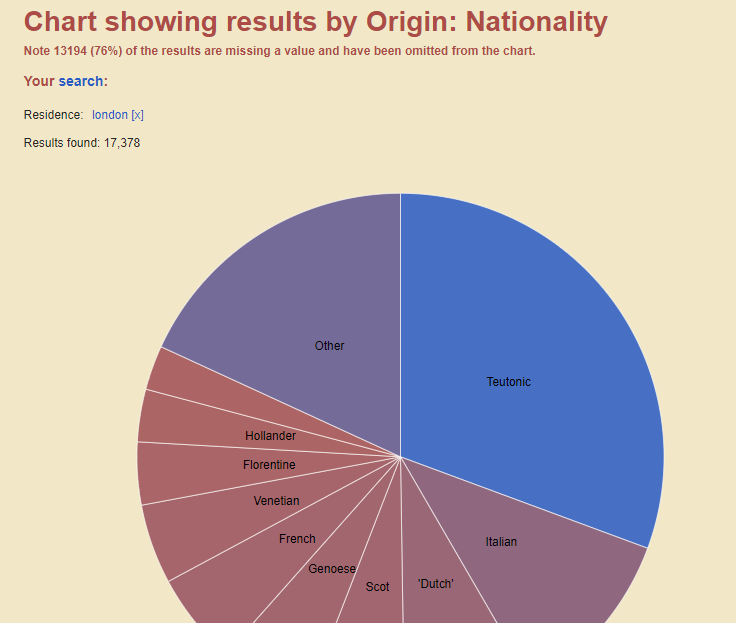Ormrod, W. M., Bart Lambert, and Jonathan Mackman.
Immigrant England, 1300-1550.
Manchester: Manchester University Press
308 pp. £19.99, ISBN 9781526135773
Publication Date: December 2018
William Mark Ormrod was a Welsh historian who focused on the Later Middle Ages of England who passed away in 2020. Ormrod held multiple positions at University of Sheffield, Queens University Belfast, St Catharine’s College, Cambridge, and University of York before becoming a Professor of History in 1995. He also held numerous connections and memberships at well regarded institutions such as the Royal Historical Society, a Councillor of the Pipe Roll Society, and many more.
Bart Lambert is an Assistant Professor of Late Medieval History at Vrije Universiteit Brussel (VUB). Lambert received his PhD in 2011 from Ghent University and, before joining the VUB in 2018, he worked as a post-doctoral researcher.
Jonathan Mackman is a Research Associate for the University of York. His current project is The Northern Way: the Archbishops of York and the North of England, 1304 – 1405.
This book dives into the changes that occur in England from 1300-1550 for immigrants and aliens. Some of the major question they attempt to answer are; who were these immigrants, how did the government define and regulate them, what work did these people do, and did their culture get integrated into society? The social and political landscape of defining who are immigrants, whether they are in the British Isles or overseas, was constantly shifting. The authors claim that the Hundred Years War in 1337 is one of the defining factors that “decided –permanently, as it turned out –whether they and their descendants would thereafter be ‘English’ or ‘French’’ (13).
From there the book is broken up into subsections. Each subsection is still discussing immigrants, but details how each group was viewed and how these biases would affect said groups. One section explains how markets became supplied with trades like shoemaking, another reflects on gender, wealth, and status in England, culture, and more. The authors use intersectionality to show how these groups of people may have been connected based on where they lived or were born, but could have been treated quite differently based on who they were.
To further the work done in writing, a website was created called England’s Immigrants to display the authors’ work. This site is a database that lays out the questions asked in the project and how they came to the conclusions they did. Below is an example of how the data gave way to new information for the authors to interpret into their work.

Combining both the text and the data from the site, historians and the public are able to see the benefit of digital history in the field. Using historians with a social lens versus an economic one shines well in this example as jobs, labor, and gender are all shown to have an affect on aliens, the government, and society at large. This work is also dedicated to the explosion of record keeping that begins in the 13th century (5). There is a recognized bias with these records but they are still numbers that were not had before, giving hard evidence to work from. It took almost 50 years after the first notice of them to see how the field of history could use them.
As far as the way that this is written, this work could still be read and further used by many. However, late medieval and early modern historians or students would benefit from this the most. This adds to the first strength of the work, it is easy to jump into and comprehend. In the introduction, Ormrod et al. take the time to define what they mean when using the term alien, before and after outlining historical markers for the audience to follow. There are references to events that the authors feel it is unnecessary to cover in detail, but still mention as a factor to the social and political changes. One example is when the authors had summarized the flow and effects the Black Death had on society in 1348 which continued until the end of 1500’s. They do not explain the Black Death in extensive detail, but reference how it affects immigrants. To explain some of the opportunities afforded to these people, the authors mention “Laws were passed to make it easier for aliens involved in trade to maintain their commercial interests in England; special measures were taken to draw in people with particular skills; and exemptions were readily granted from the periodic threats to expel enemy aliens during times of war.”(4).
This is counted as one of the strengths of the work because it keeps it from becoming to bogged down in the weeds. One place where the text could use some work is finding a more systematic way to discussing events that affect all of the chapters. There are topics, like “Husbandmen, yeomen and gentlemen” in the chapter Wealth, status, and gender could have fit better in Supplying the market when discussing different jobs had by these immigrants, then referenced back in the conversation about status. This is a difficult distinction to make, especially with how interconnected these issues are, and does not fully hinder the work but makes it a bit awkward.
Overall, this book and website are great works that supply the field with an in-depth look at late medieval and early modern England from the bottom up and top down. Being able to see how both the immigrants and the government worked against and with each other respectively shows just how confusing it was for the developing society then and people today. This also is a great example of how interdisciplinary work from the political and economic sides of the field can work together to uncover more within a subject than previously thought.
Reviewed by Emily Meyers, Digital Research Assistant at the Roy Rosenzweig Center for History in New Media at George Mason University.